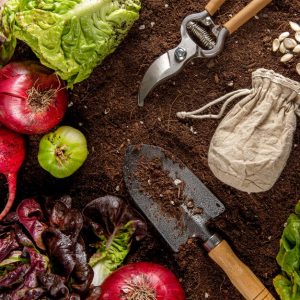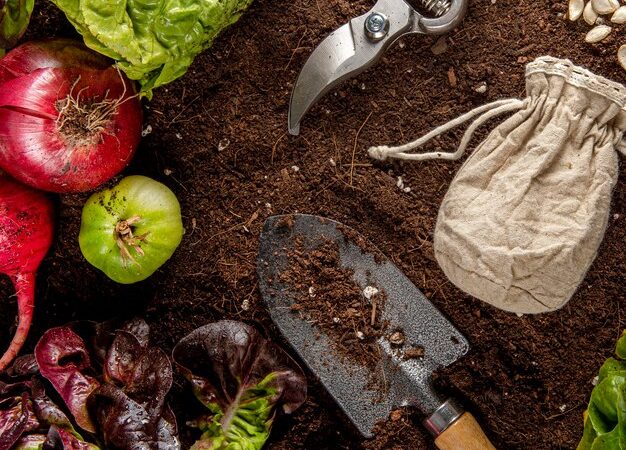Beginner’s Guide to Vegetable Gardening: Tips for Green Thumbs Are you ready to embark on a journey into the world of vegetable gardening? Whether you have a sprawling backyard or just a small balcony, growing your own vegetables can be a rewarding and eco-friendly hobby. In this guide, we’ll walk you through the basics of
Beginner’s Guide to Vegetable Gardening: Tips for Green Thumbs
Are you ready to embark on a journey into the world of vegetable gardening? Whether you have a sprawling backyard or just a small balcony, growing your own vegetables can be a rewarding and eco-friendly hobby. In this guide, we’ll walk you through the basics of vegetable gardening, from preparing the soil to harvesting your homegrown bounty.
Preparing Your Garden Plot
Before you start planting, it’s essential to prepare your garden plot properly. Choose a sunny spot that receives at least 6-8 hours of sunlight daily. Clear the area of any weeds, rocks, or debris. Loosen the soil using a garden fork or tiller to a depth of about 8-12 inches. Adding compost or well-rotted manure will enrich the soil with essential nutrients.

Image by: https://truegazette.com/
Choosing the Right Vegetables
Selecting the right vegetables for your garden is crucial for a successful harvest. As a beginner, opt for easy-to-grow vegetables like tomatoes, peppers, lettuce, carrots, and zucchini. Consider the climate and growing season in your region to ensure the plants will thrive. You can start with seeds or young plants from a nursery, depending on your preference.
Planting and Caring for Your Garden
Plant your vegetables according to the instructions on the seed packets or plant tags. Space them adequately to allow room for growth. Water the plants consistently, keeping the soil evenly moist but not waterlogged. Mulching around the plants can help retain moisture and prevent weed growth.
Regularly inspect your garden for signs of pests or diseases. Introducing beneficial insects or using organic pest control methods can help keep your plants healthy. Fertilize your vegetables with a balanced, all-purpose fertilizer as recommended.
Harvesting and Enjoying Your Homegrown Produce
The moment of truth arrives when your vegetables are ready for harvest. Different vegetables have varying signs of readiness, such as color, size, or firmness. Gently harvest the produce to avoid damaging the plant. Freshly harvested vegetables often have superior flavor and nutritional value compared to store-bought ones.
Now, it’s time to savor the fruits of your labor! Incorporate your homegrown vegetables into delicious meals for your family and friends. There’s something incredibly satisfying about enjoying a salad made with lettuce and tomatoes you’ve nurtured from tiny seeds.
In conclusion,
vegetable gardening is a delightful journey that connects you with nature and your food source. By following this beginner’s guide, you’ll be well on your way to cultivating a vibrant and productive vegetable garden. So roll up your sleeves, get your hands in the soil, and let your green thumbs lead the way!

















Leave a Comment
Your email address will not be published. Required fields are marked with *